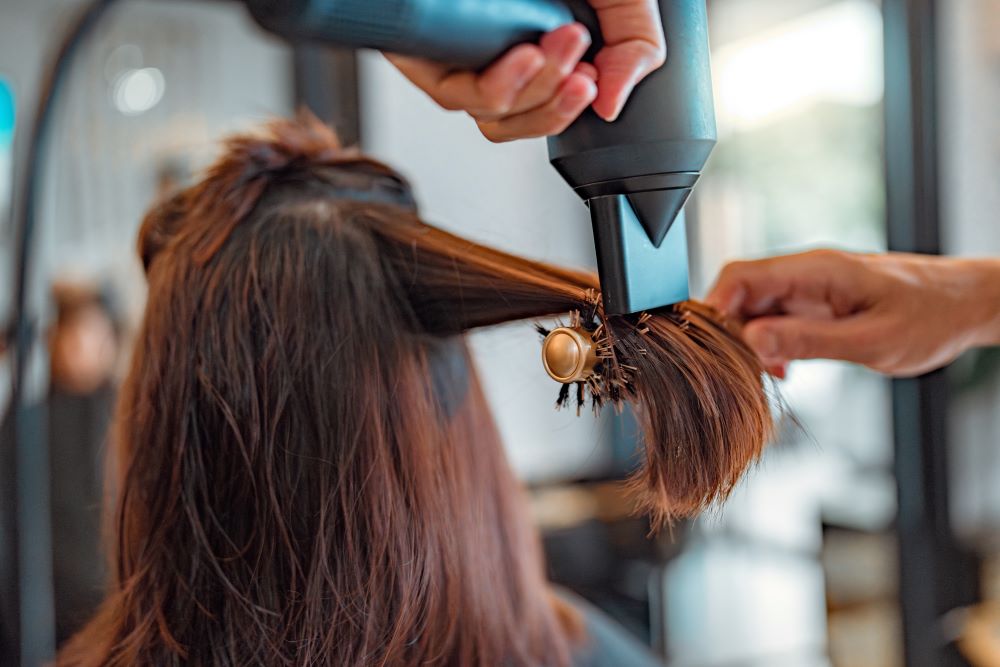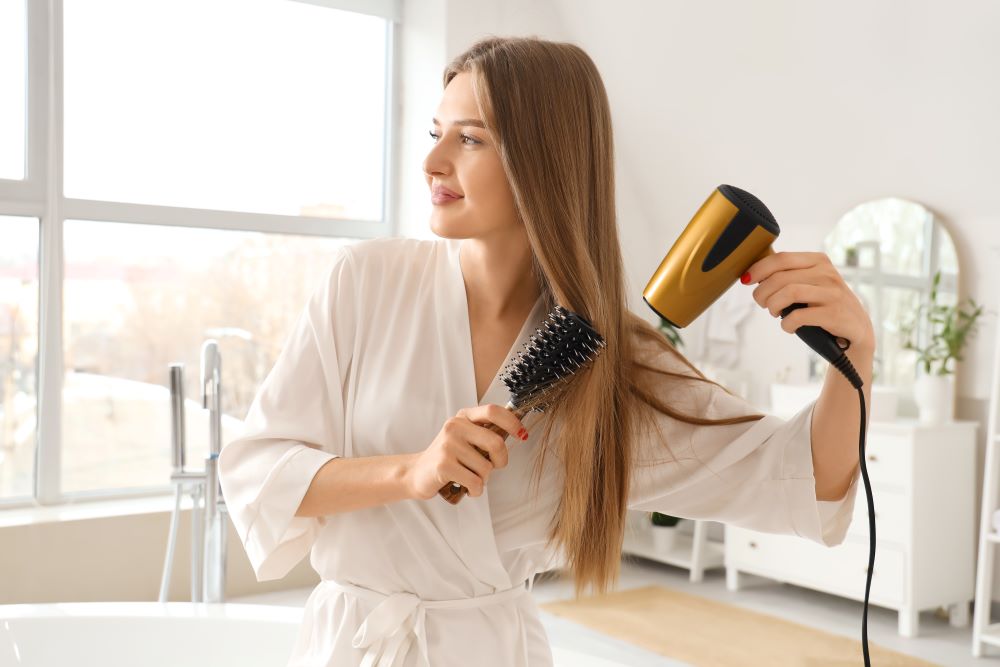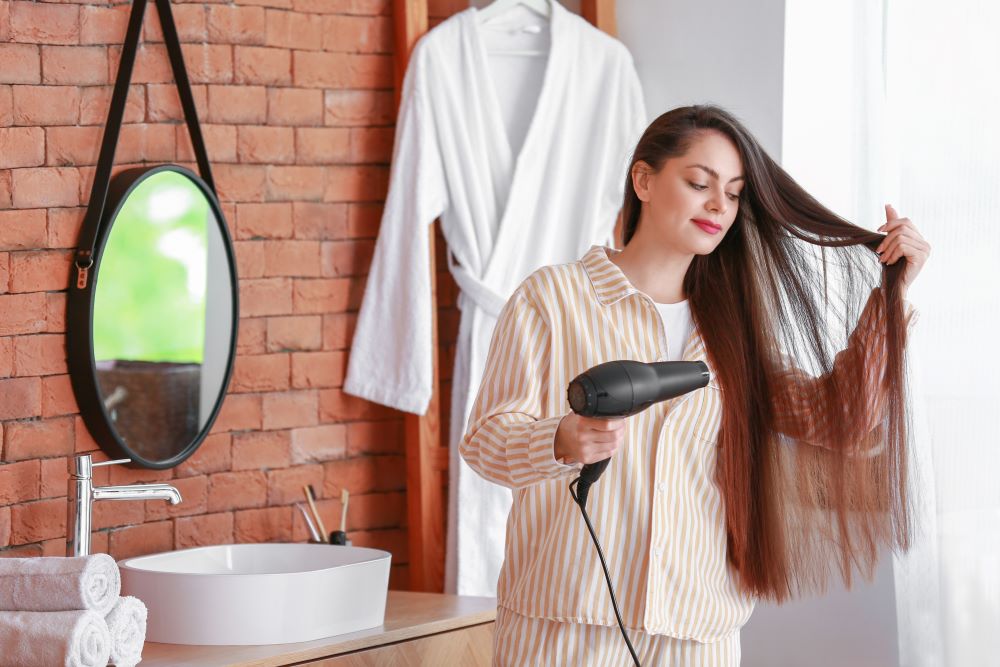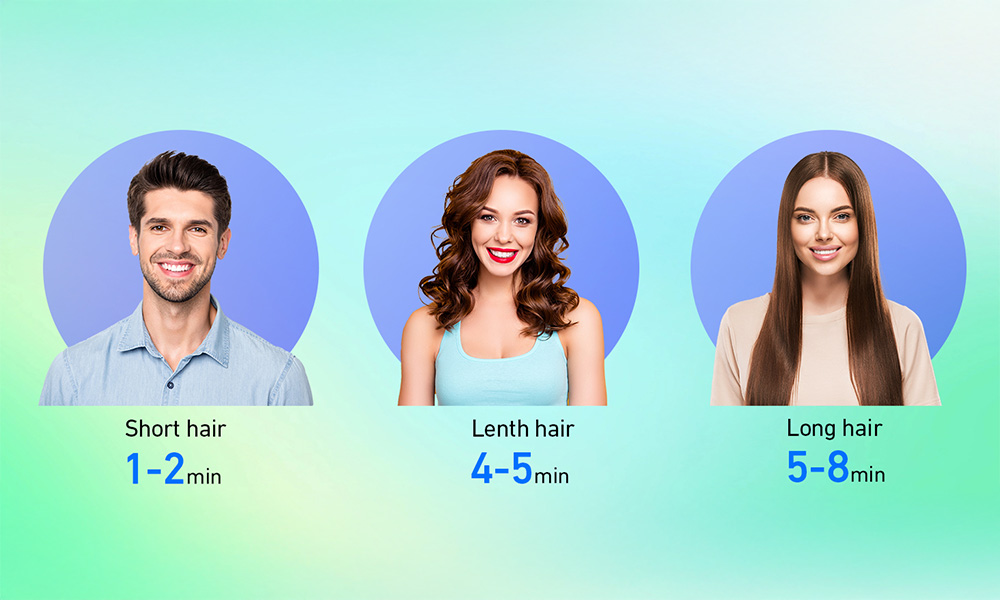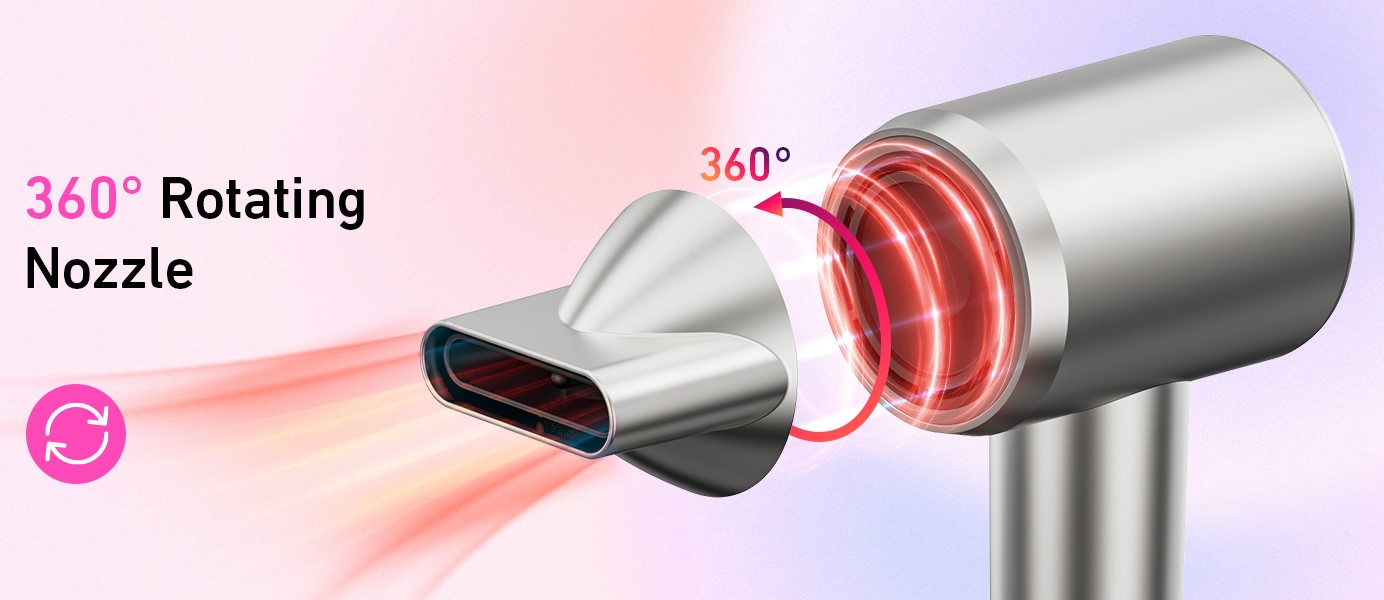
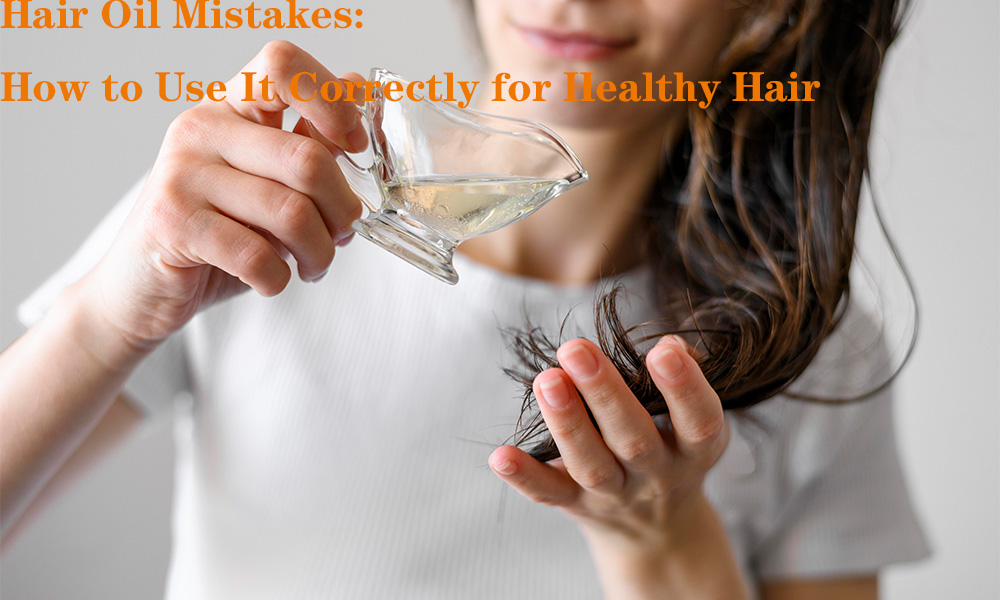
Hair oil is a staple in many hair care routines, offering nourishment, moisture, and protection. However, improper application can lead to issues such as greasy hair, clogged pores, and even hair thinning. This guide explores common mistakes in using hair oil, their effects, and how to correct them to achieve the best results.
Common Mistakes in Using Hair Oil and How to Avoid Them
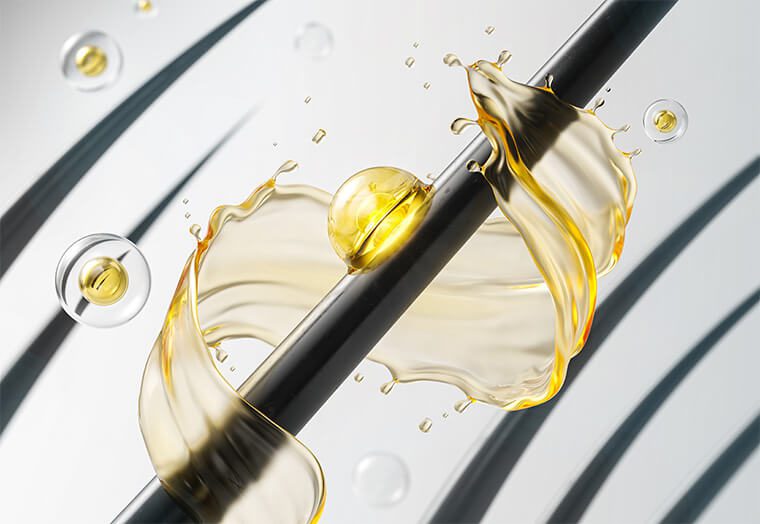
1. Applying Too Much Oil
One of the most frequent errors is overloading your hair with hair oil, thinking that more oil means better nourishment. In reality, excess oil can make your hair heavy, greasy, and difficult to wash out.
How to Avoid It:
Use a small amount of hair oil to avoid product buildup.
The right amount varies by hair type: fine hair requires only a few drops, while thicker or coarser hair can handle a teaspoon.
Warm the oil between your palms before applying to ensure even distribution.
Focus on the mid-lengths and ends rather than the scalp to prevent excessive greasiness.
2. Choosing the Wrong Oil for Your Hair Type
Using an oil that doesn’t suit your hair type can lead to dryness, excess oiliness, or even scalp irritation.
How to Avoid It:
Coconut oil is excellent for deep hydration but can be too heavy for fine or oily hair.
Argan oil is a lightweight option that tames frizz and adds shine without overwhelming the hair.
Castor oil promotes hair growth but is thick and should be diluted with a lighter oil like jojoba or almond oil.
Jojoba oil closely mimics the natural oils of the scalp and is great for all hair types.
Experiment with different oils to find the one that works best for your hair’s needs.
3. Applying Oil to a Dirty or Oily Scalp
Oiling your hair when your scalp is already dirty or greasy can trap dirt, sweat, and product buildup, leading to dandruff and clogged follicles.
How to Avoid It:
Apply oil to clean or slightly damp hair for better absorption.
If your scalp is naturally oily, avoid applying oil directly to the roots and focus on the ends.
Wash your hair at least once a week to prevent excessive buildup.
4. Not Massaging the Scalp Properly
Simply rubbing oil onto the hair without properly massaging it into the scalp reduces its effectiveness.
How to Avoid It:
Use gentle, circular motions with your fingertips to stimulate blood circulation and promote healthy hair growth.
Spend at least 5–10 minutes massaging the oil into your scalp for better absorption.
Avoid using your nails, as this can cause irritation and damage the scalp.
5. Leaving Oil on for Too Long
Many people believe that leaving hair oil on overnight provides extra nourishment. However, excessive oil exposure can attract dust and make hair difficult to clean.
How to Avoid It:
The ideal duration for oil treatment is 1 to 6 hours.
If you prefer overnight oiling, cover your pillow with a satin pillowcase to prevent oil transfer and dirt accumulation.
Always wash your hair thoroughly with a sulfate-free shampoo to remove excess oil.
6. Using Oil as a Heat Protectant
Some mistakenly apply oil before heat styling, thinking it will protect the hair from damage. However, most oils do not provide adequate heat protection and may even cause damage when exposed to high temperatures.
How to Avoid It:
Always use a heat protectant spray before styling with heat tools.
If you want to use oil before styling, choose lightweight silicone-based serums that offer heat protection.
Apply oil after styling to add shine and prevent frizz, rather than before using hot tools.
7. Not Washing the Oil Out Properly
Leaving residual hair oil in your hair after washing can make it look dull, limp, and greasy.
How to Avoid It:
Use lukewarm water and a gentle shampoo to cleanse effectively.
If using heavy oils like castor oil, pre-treat with a conditioner before shampooing to break down the oil.
Double shampoo if needed, but avoid over-washing, as it can strip the scalp of natural moisture.
8. Oiling Too Frequently
Applying hair oil daily can lead to excess buildup, causing more harm than good.
How to Avoid It:
Oiling 2–3 times a week is sufficient for most hair types.
If you have an oily scalp, limit oiling to once a week or focus on the ends only.
Balance oiling with other hair treatments like deep conditioning and protein masks.
By following these best practices, you can maximize the benefits of hair oil without experiencing common pitfalls. Proper application ensures healthier, shinier, and more manageable hair while preventing damage and buildup.
Effects of Excessive Use of Hair Oil and How to Fix Them
Using hair oil is an excellent way to nourish your hair and scalp, but too much of a good thing can lead to undesirable side effects. Overuse of hair oil can cause greasy, weighed-down hair, clogged pores, and even increased hair fall. Here’s a detailed breakdown of the negative effects of excessive hair oiling and practical solutions to restore balance to your hair care routine.
1. Greasy and Flat Hair
Effect: Applying too much hair oil can make your hair look greasy, heavy, and lifeless. Excess oil creates a thick coating that prevents your hair from breathing, making it appear flat and dull.
How to Fix It:
Use a clarifying shampoo to remove excess oil without stripping natural moisture.
Reduce the amount of hair oil used. A few drops are sufficient for fine or medium hair, while thick hair may need only a teaspoon.
Apply oil only to the mid-lengths and ends, avoiding the scalp if your hair gets greasy quickly.
Use a dry shampoo between washes to absorb excess oil and add volume.
2. Clogged Scalp Pores and Dandruff
Effect: Excess hair oil can mix with dirt, dead skin cells, and sweat, leading to clogged pores on the scalp. This buildup can cause dandruff, itchiness, and even scalp acne.
How to Fix It:
Wash your hair regularly with a sulfate-free shampoo to remove excess oil and residue.
Exfoliate your scalp with a gentle scalp scrub once a week to clear clogged follicles.
Avoid applying oil directly to the scalp if you have an oily or sensitive scalp.
Opt for lightweight, non-comedogenic hair oils, such as jojoba oil or grapeseed oil, to prevent buildup.
3. Increased Hair Fall
Effect: Too much hair oil can attract dust and impurities, leading to scalp congestion. When combined with vigorous massaging, excessive oiling can weaken hair roots, causing more hair to fall out.
How to Fix It:
Apply a moderate amount of hair oil, focusing on the ends rather than the roots.
Be gentle while massaging to avoid unnecessary pulling and weakening of hair strands.
Wash out the oil thoroughly to prevent buildup and irritation.
Use lightweight oils like argan oil or sweet almond oil, which nourish without overloading the scalp.
4. Difficulty Washing Out Oil
Effect: Heavy or excessive hair oil can be challenging to remove, leaving a sticky residue even after shampooing. This leads to dull, limp hair that lacks bounce and freshness.
How to Fix It:
Pre-condition your hair before shampooing by applying a light conditioner to break down the oil.
Use lukewarm water instead of hot water to prevent stripping essential moisture.
Wash your hair with a sulfate-free clarifying shampoo if heavy oils like castor oil or coconut oil are used.
Double shampoo if necessary, but avoid over-washing to maintain natural scalp balance.
5. Unwanted Scalp Acne and Irritation
Effect: Applying too much hair oil can clog hair follicles, leading to acne-like breakouts, itchiness, and irritation on the scalp.
How to Fix It:
Avoid using thick, greasy oils like castor oil directly on the scalp.
Choose lightweight, fast-absorbing oils like grapeseed oil or argan oil.
Rinse your hair thoroughly after oiling to prevent product buildup.
Keep your hair and scalp clean by washing it at least twice a week.
6. Attracting More Dirt and Pollutants
Effect: Excessive hair oil acts like a magnet for dust, pollution, and other environmental impurities, making your hair feel dirty faster than usual.
How to Fix It:
Use a lighter hair oil that doesn’t weigh the hair down.
Cover your hair with a scarf or hat when exposed to pollution.
Avoid oiling your hair before going outdoors.
Wash your hair with a mild shampoo every 2–3 days if you live in a high-pollution area.
7. Oily Pillowcases and Acne Breakouts
Effect: Sleeping with hair oil on overnight can transfer oil to your pillowcase, which can clog facial pores and lead to breakouts.
How to Fix It:
Use a satin or silk pillowcase, which absorbs less oil and reduces friction.
Wrap your hair in a soft towel or cotton scarf if leaving oil overnight.
If you have acne-prone skin, avoid letting oily hair touch your face while sleeping.
Wash your pillowcases regularly to prevent bacteria buildup.
8. Weakening of Hair Strands
Effect: When too much oil coats the hair for extended periods, it prevents essential moisture and nutrients from penetrating the hair shaft, weakening hair strands over time.
How to Fix It:
Avoid leaving hair oil on for more than 6 hours unless it’s a specialized overnight treatment.
Use water-based hair serums instead of heavy oils for hydration without buildup.
Incorporate deep conditioning treatments to restore balance to your hair.
Extra Care for Batana Oil Overuse
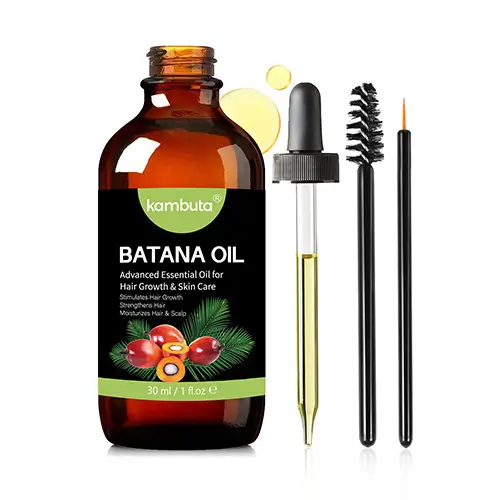
If you find that batana oil has left your hair too oily or heavy, there are several steps you can take to restore your hair to its natural balance:
Frequent Rinsing: If you’ve applied too much batana oil, rinse your hair with warm water and follow up with a gentle clarifying shampoo. A second rinse might be needed to fully remove the excess oil.
Dilution Strategy: Mix batana oil with a lighter oil such as jojoba oil or argan oil to avoid the heaviness. This combination will still provide nourishment without leaving hair feeling weighed down.
Use in Moderation: Apply batana oil sparingly, focusing on the ends of your hair rather than the scalp. This ensures your hair remains hydrated without the risk of overloading it with oil.
By taking these corrective actions, you can enjoy all the incredible benefits batana oil has to offer, while avoiding the drawbacks of overuse. Always remember that moderation is key when incorporating any type of oil into your hair care routine.
Conclusion
Using hair oil correctly can transform your hair, making it healthier, shinier, and stronger. However, overusing hair oil or applying it incorrectly can lead to problems like greasiness, clogged pores, and hair fall. By following proper oiling techniques and choosing the right type of hair oil, you can maximize its benefits without damaging your hair.
If you’ve been making any of these hair oil mistakes, now is the time to correct them and enjoy the true benefits of nourishing hair oil care!
Popular Post

Ultimate Guide to Using a Hair Dryer with Nozzle for Styling
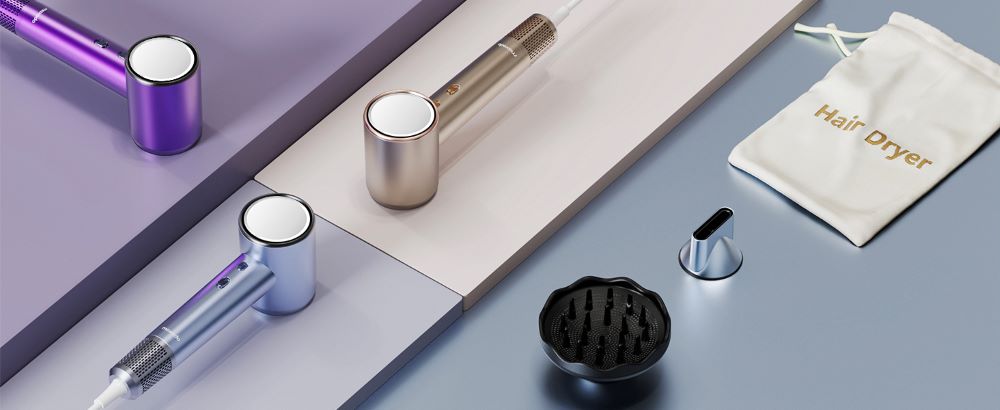
The Benefits of Using a Hair Dryer with a Diffuser
